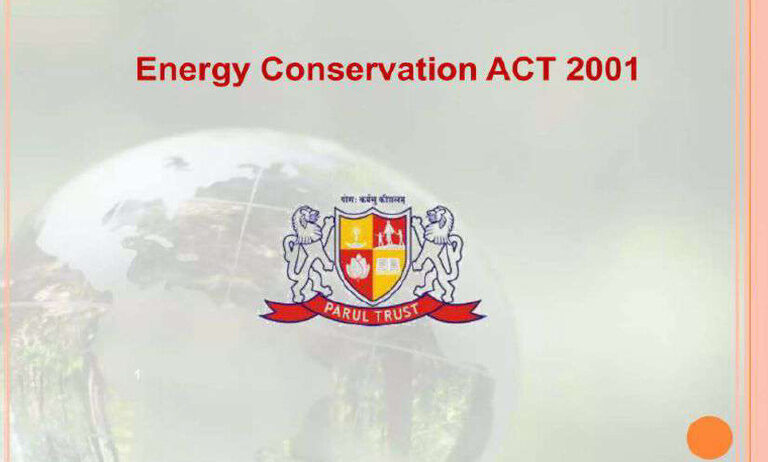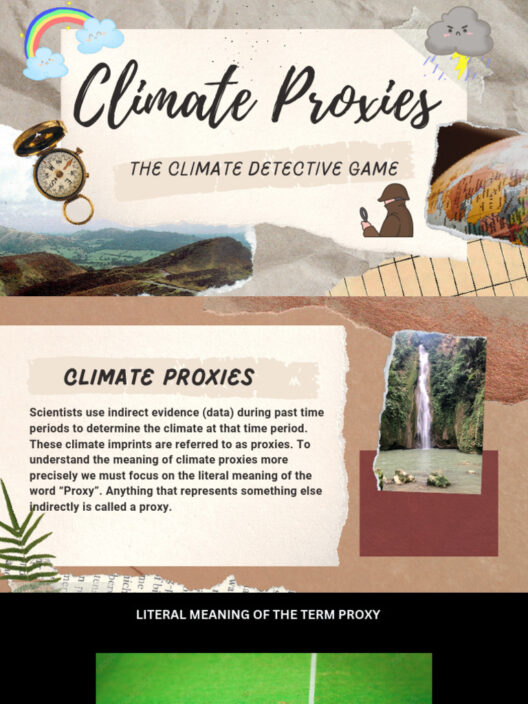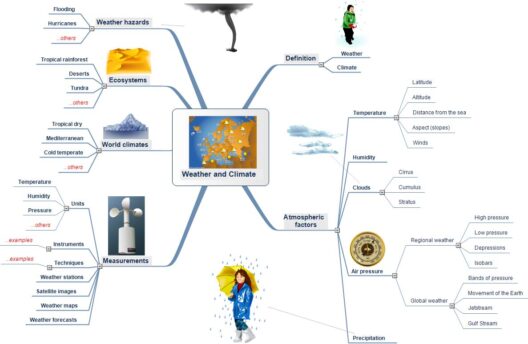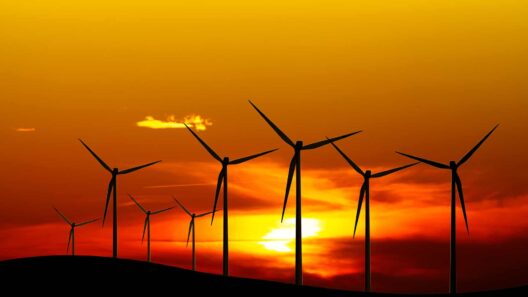The Energy Conservation Act (ECA), enacted in 2001, stands as a pivotal legislative measure in the pursuit of enhancing energy efficiency within various sectors. Have you ever pondered what a world powered by optimal energy usage would look like? The objectives of this act are not merely bureaucratic stipulations; they encapsulate a vision of sustainable development, economic growth, and environmental preservation. The challenges it seeks to address are not trivial, and the implications of its objectives are profound.
The primary objective of the Energy Conservation Act is to promote energy conservation and efficient utilization across all sectors of the economy. By establishing regulatory frameworks, the act aims to encourage industries, commercial establishments, and individuals to adopt judicious practices in energy usage. This pursuit of efficiency is not merely about reducing consumption; it also entails a paradigm shift in how energy is regarded—transforming it from a mere utility into a valuable and finite resource.
One significant measure encompassed within the Act is the establishment of the Bureau of Energy Efficiency (BEE). This autonomous body plays a central role in implementing various initiatives that are instrumental in attaining the broader objectives of the ECA. The BEE is tasked with creating policies and strategies to foster energy conservation, as well as developing performance standards that serve as benchmarks for energy use across different industries. The challenge here lies in ensuring compliance and encouraging voluntary participation from disparate sectors—an endeavor that requires astute persuasion and comprehensive education about the benefits of energy efficiency.
Another critical objective of the Energy Conservation Act is the promotion of energy-efficient technologies and practices. The act aims to catalyze technological innovation that can dramatically reduce energy consumption. By incentivizing research and development in energy-efficient technologies, the ECA endeavors to stimulate market demand for products and services that conserve energy. For instance, introducing energy-efficient lighting, heating, and cooling systems can significantly diminish energy expenditure for both businesses and consumers alike. Yet, as we embrace these innovations, are we fully prepared for the transitional challenges industries might face in adapting old systems to new technologies?
The ECA also strives to enhance public awareness regarding the importance of energy conservation. Educational programs and campaigns are integral to instilling a culture of sustainability within society. By empowering citizens with knowledge—whether it’s understanding the benefits of minimal electricity usage or recognizing the financial savings associated with energy-efficient appliances—the act aims to engender mindful consumption practices. However, despite the plethora of information available, disseminating this knowledge effectively remains a formidable challenge, particularly in areas where access to education about energy conservation is limited.
Furthermore, the Energy Conservation Act places significant emphasis on the development of standards and labeling for energy-consuming products. These standards aim to guide consumers in their purchasing decisions, enabling them to select products that adhere to stringent energy efficiency criteria. The challenge, however, is ensuring that these standards are not only comprehensive but also adaptable to the evolving landscape of technology and consumer behavior. If consumers are to make informed choices, the information regarding energy consumption must be readily accessible and transparent.
The ECA also targets specific sectors with tailored initiatives. Industries such as power generation, manufacturing, and transportation are recognized as major contributors to energy consumption and greenhouse gas emissions. By focusing on these sectors, the Act aims to substantially attenuate the energy intensity associated with industrial processes. Nevertheless, the challenge lies in overcoming resistance to change within entrenched business practices and persuading stakeholders of the long-term benefits of energy conservation over immediate cost concerns.
Another noteworthy aspect of the Energy Conservation Act is its intent to foster energy audits and assessments. By mandating periodic energy audits for larger energy-consuming entities, the ECA enables these entities to identify inefficiencies and devise strategies for improvement. While audits can reveal significant potential for savings, implementing the recommendations derived from these assessments often encounters inertia within organizational structures that may be resistant to change.
Additionally, the Act emphasizes the concept of energy performance contracts (EPCs), which allow for innovative financing mechanisms that encourage private investment in energy efficiency projects. By shifting the paradigm in which energy efficiency upgrades are financed and implemented, the ECA seeks to galvanize investment in energy conservation initiatives. Yet, the challenge remains: how can policymakers ensure the viability and attractiveness of such contracts to all stakeholders involved?
As we navigate further into the 21st century, the objectives of the Energy Conservation Act continue to resonate with increasing urgency. With climate change looming and energy demands escalating, the necessity for robust energy conservation measures has never been more acute. However, the principal challenge lies in bridging the gap between legislative objectives and their practical implementation. Are stakeholders prepared to rise to this challenge? Will businesses, consumers, and government agencies collaborate effectively to cultivate a culture of energy efficiency?
Ultimately, the success of the Energy Conservation Act is contingent upon a collective commitment to sustainable practices and a recognition of the profound implications of energy management. By galvanizing efforts towards the fulfillment of its objectives, we can aspire to create a future where energy is utilized responsibly, encouraging not just conservation but a more vigorous economic and environmental equilibrium.







